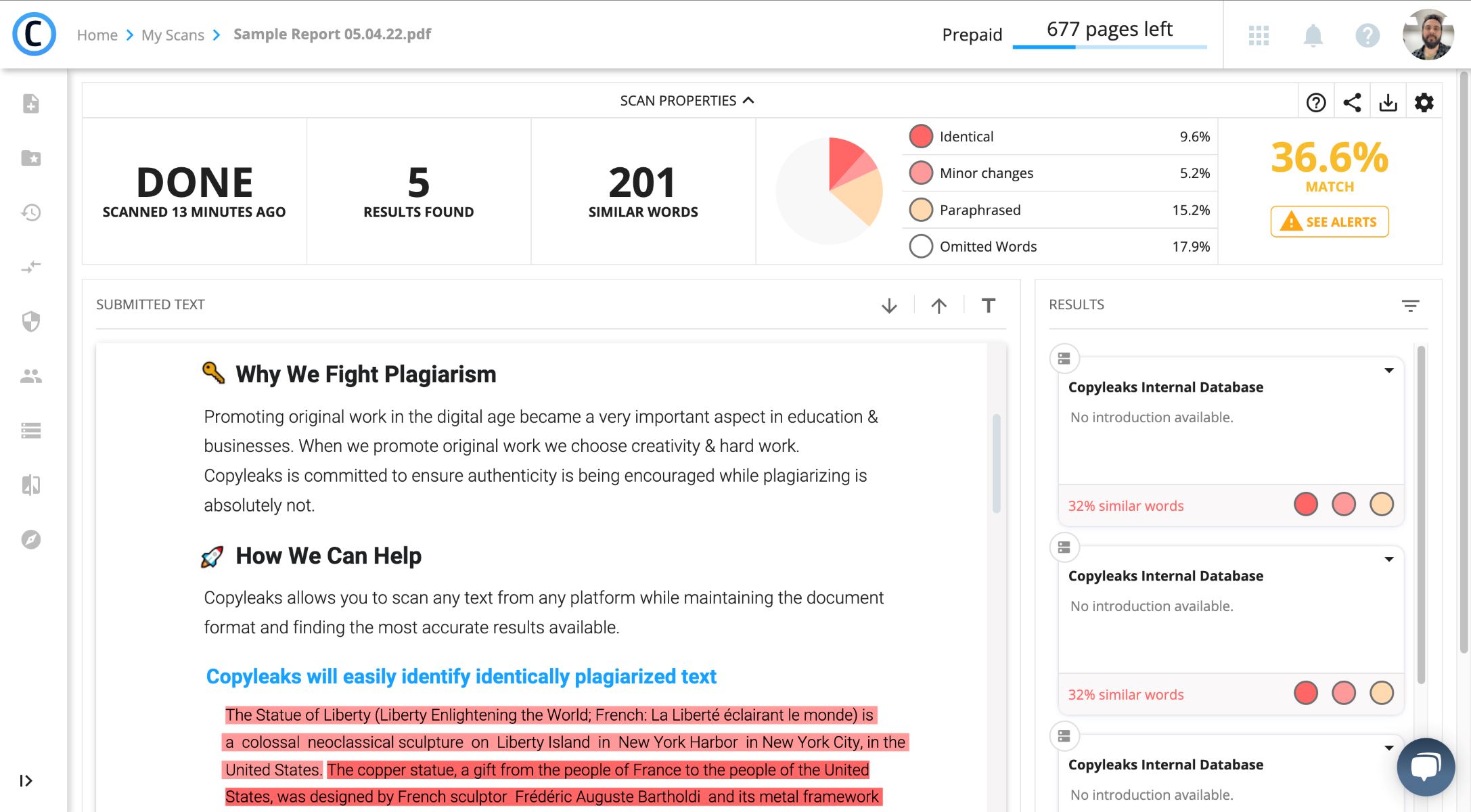
Web3 is reshaping our digital landscape, offering a new, decentralized way of experiencing the internet. This innovative concept promises more control and ownership over digital assets and personal data. But what exactly is Web3, and why is it generating so much buzz? In this introduction, we'll uncover 15 fascinating facts about Web3 that highlight its potential to transform online interactions. From its reliance on blockchain technology to its ability to facilitate secure, peer-to-peer transactions without intermediaries, Web3 represents a significant shift from the centralized platforms dominating the web today. Whether you're a tech enthusiast or simply curious about the future of the internet, these insights will provide a solid foundation for understanding the exciting world of Web3.
What is Web3?
Web3 represents the next evolution of the internet, focusing on decentralization, blockchain technologies, and token-based economics. Unlike its predecessors, Web3 aims to give users control over their data, identities, and transactions. This shift promises a more secure, transparent, and user-centric online experience.
The Foundation of Web3
-
Blockchain technology is at the heart of Web3. It enables secure, transparent, and tamper-proof transactions. This technology is not just for cryptocurrencies but also for creating decentralized applications (dApps) that operate on blockchain networks.
-
Decentralization is a key principle. Instead of data being stored in centralized servers, it's distributed across a network of computers. This approach enhances security and reduces the risk of data breaches.
-
Smart contracts automate transactions and agreements, executing them automatically when conditions are met. These contracts are stored on the blockchain, making them unchangeable and transparent.
How Web3 Empowers Users
-
Data ownership shifts to the user in Web3. Individuals have control over their personal information, deciding who can access it and how it's used.
-
Tokenization allows for the digital representation of assets on the blockchain. This can include anything from currencies to property, enabling secure and efficient transactions.
-
Interoperability among different blockchain networks means users can seamlessly access and interact with a variety of services and applications without being locked into a single platform.
The Role of Cryptocurrencies in Web3
-
Cryptocurrencies are integral, serving as the currency of the Web3 world. They facilitate transactions and incentivize the maintenance and security of the network.
-
Decentralized finance (DeFi) platforms offer financial services without the need for traditional banks, using cryptocurrencies for lending, borrowing, and earning interest.
The Impact of Web3 on Online Interactions
-
Decentralized social networks aim to address privacy concerns and data ownership issues prevalent in traditional social media platforms, giving users more control.
-
Decentralized autonomous organizations (DAOs) allow for community-driven governance models, where decisions are made collectively by members rather than a centralized authority.
Challenges and Considerations
-
Scalability remains a challenge, as blockchain networks can become congested, leading to slower transaction times and higher costs.
-
Regulatory uncertainty surrounds many aspects of Web3, including cryptocurrencies and DeFi platforms, posing potential hurdles for widespread adoption.
-
Technical complexity and a steep learning curve can deter newcomers from fully embracing Web3 technologies and principles.
The Future of Web3
-
Continued innovation in blockchain and decentralized technologies is driving the evolution of Web3, promising more efficient, user-friendly applications.
-
Wider adoption of Web3 principles could fundamentally change how we interact online, making the internet more democratic, secure, and user-centric.
A New Era of Digital Interaction
Web3 isn't just another tech buzzword; it's the future unfolding before our very eyes. With its promise of a decentralized internet, Web3 is set to redefine our online experiences, making them more secure, private, and user-centric. Imagine having control over your own data, browsing a web where trust is built into the system, and participating in digital economies with real value. That's the vision Web3 offers. As we've journeyed through these 15 fascinating facts, it's clear that this new phase of the internet is more than just an upgrade; it's a revolution in how we connect, create, and collaborate online. Whether you're a tech enthusiast, a digital creator, or just someone curious about the future of the internet, Web3 has something exciting in store for you. Let's embrace this change, ready to explore the endless possibilities that Web3 holds.
Was this page helpful?
Our commitment to delivering trustworthy and engaging content is at the heart of what we do. Each fact on our site is contributed by real users like you, bringing a wealth of diverse insights and information. To ensure the highest standards of accuracy and reliability, our dedicated editors meticulously review each submission. This process guarantees that the facts we share are not only fascinating but also credible. Trust in our commitment to quality and authenticity as you explore and learn with us.


